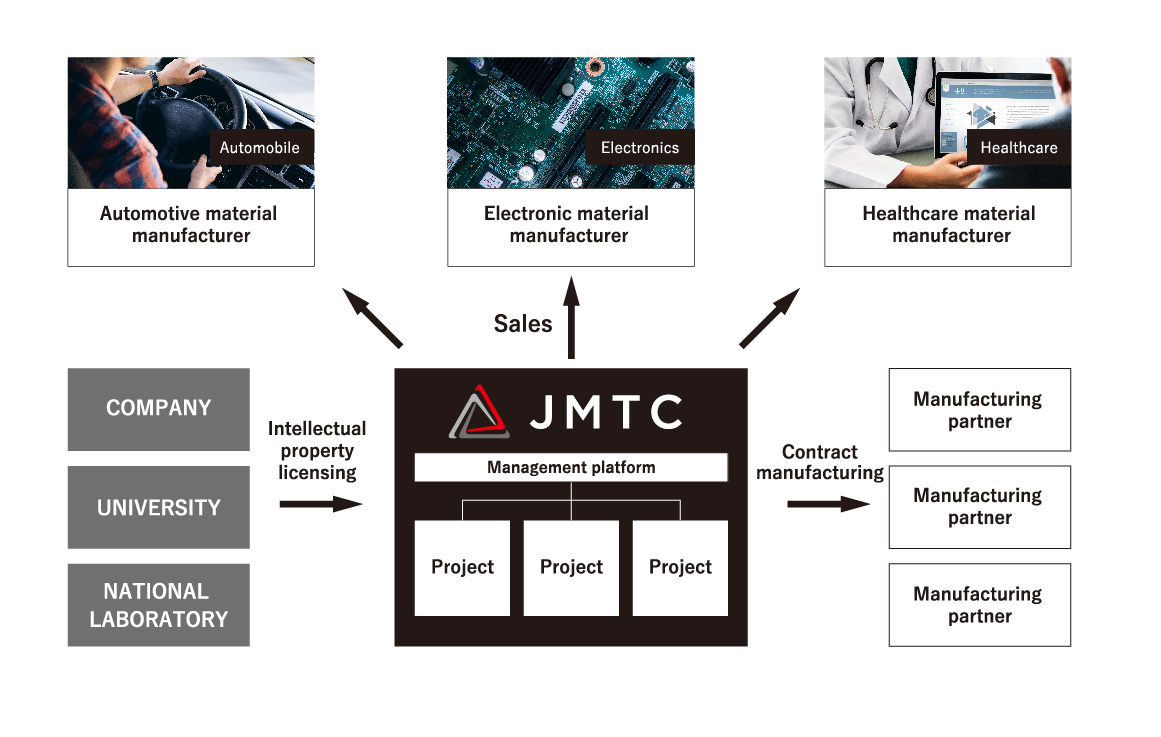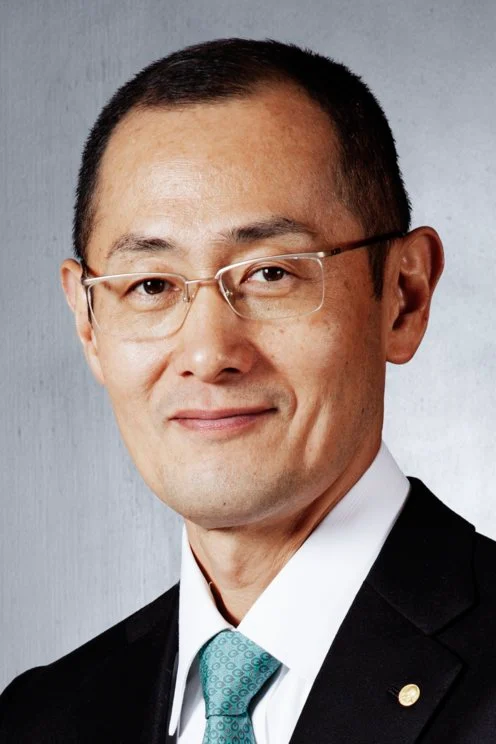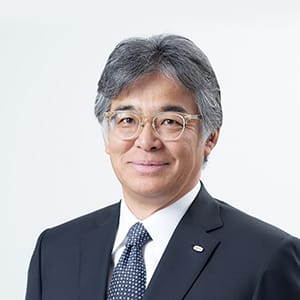A leading innovator in functional materials
continuously implementing cutting-edge technologies

A leading innovator in functional materials
continuously implementing cutting-edge technologies
Regardless of the size of the business, JMTC uses the flexibility and speed of an independent startup company to commercialize material breakthroughs that society needs. JMTC helps to sustain human growth in the face of rapid technological advancement and worldwide social problems by continuing to transform grassroots material technologies.
New, cutting-edge material technologies are constantly being developed in research departments of big businesses, universities, and other research facilities. However, because of a lack of entrepreneurs and disagreement with the management practices of giant corporations, many technologies lack a business organization for social deployment. JMTC wants to develop into a functional material maker that keeps bringing innovative technologies to market that have not been used in society through "Lean Open Innovation."
Through the “Lean Open Incubation” which keeps down fixed cost as much as possible while cooperating with many companies and academia, JMTC challenges social implementation of material technologies which is known to take time and have a low success rate.

APP is a diamine compound containing pyridazine and sulfur. It can be used as a raw material for high refractive index resin.
Branched alkyl comb diol BACD is a raw material for thermoplastic resins such as polyesters and polyurethanes, which are expected to improve solubility, transparency and flexibility, as well as adjust rheology and viscosity.
Difunctional alicyclic vinyl sulfone VSTCD is a raw material for alicyclic polysulfone (PSF/PSU) and alicyclic polythioethersulfone (PES), which are expected to improve optical properties.
Trifunctional benzoxazine BTBz is a raw material for a thermosetting resin with low dielectricity, low linear thermal expansion, high heat resistance and low cure shrinkage.
Double Decker Silsesquioxane-Norbornane-2,3-dicarboxylic Anhydride substituted is a raw material for a low-dielectricity, highly heat-resistant transparent polyimide resin.
MXenes are a class of conductive two-dimensional metal carbides, nitrides, or carbonitrides with thickness of a few atoms.
BNFO negative thermal expansion material is oxide ceramic material with perovskite structure showing greater negative thermal expansion (-187ppm/K)
Thixostar™ is amphiphilic water soluble polyurethane capable of viscous and thixotropic properties.
JMTC's polymer particulation technique is capable of making spherical polymer particles of super-engineering plastics.
DCPD-DE is an alicyclic epoxy material featuring high transparency and heat-resistant.
D-lactide is monomer for PLA(polylactic acid) and PLGA(poly lactic-co-glycolic acid) made from high optical-purity D-lactic acid
Thixostar is a registered trademark of Japan Material Technologies Corporation.
Shinya Yamanaka (山中 伸弥, Yamanaka Shin'ya, born September 4, 1962) is a Japanese stem cell researcher and a Nobel Prize laureate.[2][3][4] He is a professor and the director emeritus of Center for iPS Cell (induced Pluripotent Stem Cell) Research and Application, Kyoto University;[6] as a senior investigator at the UCSF-affiliated Gladstone Institutes in San Francisco, California; and as a professor of anatomy at University of California, San Francisco (UCSF). Yamanaka is also a past president of the International Society for Stem Cell Research (ISSCR).

Shinya Yamanaka
Chief Scientist
We are pleased to introduce S.K Dipak Joshi, the Managing Director of JMTC. With a wealth of experience in industry, Mr. Joshi has been instrumental in steering the company toward growth and innovation. Under his leadership, JMTC has achieved significant milestones, strengthened its market position, and remained committed to excellence and sustainability.His strategic vision and dedication continue to inspire our team and drive our mission forward.

S.K Dipak Joshi
Honourable Managing Director(MD)
The world is facing unprecedented change. We are experiencing extreme climate fluctuations, with global average temperatures continuing to record historical highs. Heightened geopolitical tensions and the increased threat of cyber- attacks are having major impacts on society and economic activity. On one hand, technology continues to advance, with the dramatic action of Al technology.

Takahito Tokita
Honourable CEO